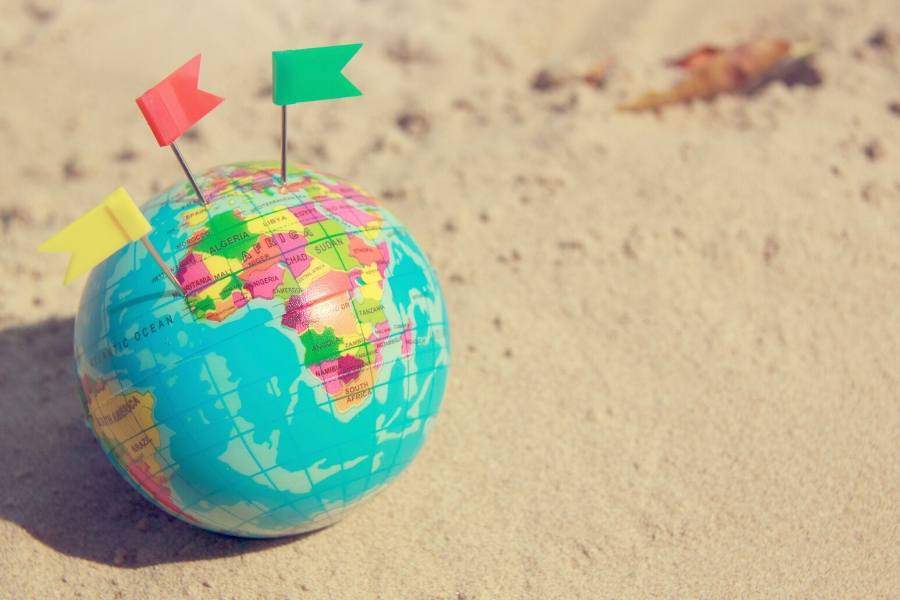How to Plan an International Trip—10 Top Considerations
Planning for an international trip, or any trip with multiple destinations for that matter, can get pretty complicated. People often ask me how to plan an international trip.
There’s a lot to think about and to plan for when you’re booking the trip and when you’re starting to plan before you even start packing. You need to make sure you have certain things prepared for any trip.
If you’re traveling for more than a few days or a week and encounter a range of temperatures and weather while you’re away, it can get even more complex.
Also, you may be doing certain activities where you need certain clothing or gear. These things can take up more real estate in your bag.
I started pulling this together when I was preparing to plan my ten-day trip to Portugal, so I decided to take some notes on my process. Here are some of the things to think about to help you plan what to pack for your trip.
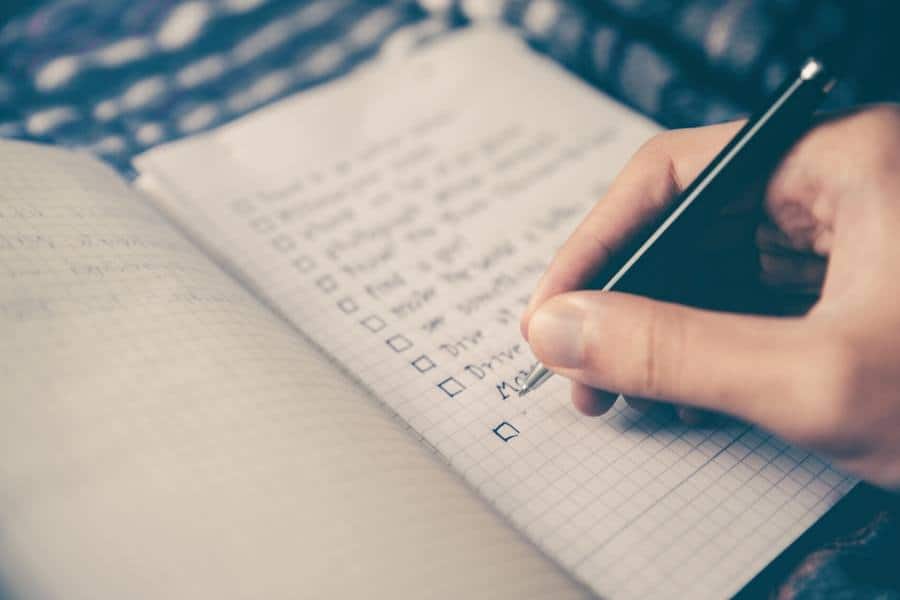
This post may contain affiliate links, which means I’ll receive a commission if you purchase through my links at no extra cost to you. Please read the full disclosure for more information.
Considerations for How to Plan an International Trip
I have traveled internationally many times, more than 50 as of the current count, so I’m fairly used to doing this. There’s a lot to think about before an international trip, and some things you need to do or get take time.
Here are ten things to consider when you’re planning an international trip:
- Where are you going?
- Are there any country requirements like securing a visa or vaccinations?
- Are you current with your medical, including doctor’s visits and medication?
- Travel Insurance
- Bookings for hotels, cars, tours, etc.
- Electronics
- How long will your flight(s) be?
- Do you plan to carry on only or check a bag?
- What type of trip is this? For example, is it a city excursion or a backpacking trip?
- Do you have arrangements made for your life at home, including taking care of your pets or any other commitments?
Depending on your answers to some of the above items, there may be a lot of additional things to consider. They are a great starting point, and they are how I begin to plan my trip. You may add additional questions that help you.
What I Think About When I Plan My Trip
Some of the first things to think about with pre-trip planning hinge on where you are going and where you currently live. This can be a bit more complex if you go to multiple countries.
You should consider each of these things for each location you are visiting. Here are some of the different areas to consider.
1. Choose Your Destination
The first step for any trip is choosing where you will go.
2. Entry Requirements
Not all countries require visas from U.S. citizens for entry, though many do. In some cases, you must do this in advance, and in others, you can get a visa-on-entry at the airport.
This will vary based on your nationality. So, some countries may require a visa for citizens of certain countries, but not all.
In the United States, the State Department is the official resource for this information. You can learn more on a variety of websites. This site offers quick visa checks and can be a good first place to look, though I would still verify with the State Department (if you are a U.S. citizen).
Check the country government where you have citizenship to learn your requirements. It can take some time to get a visa. Sometimes, it will require mailing your passport, so leave adequate time for this.
A visa impacts your entry to the country or countries you’re visiting and may impact your stay. Many countries limit how long people can stay on a tourist visa.
So, if you plan to stay for more than a few weeks, make sure you also check how long you’re allowed to stay to ensure you don’t overstay your welcome. The consequences may vary by country, including fines, jail time, and an inability to return.
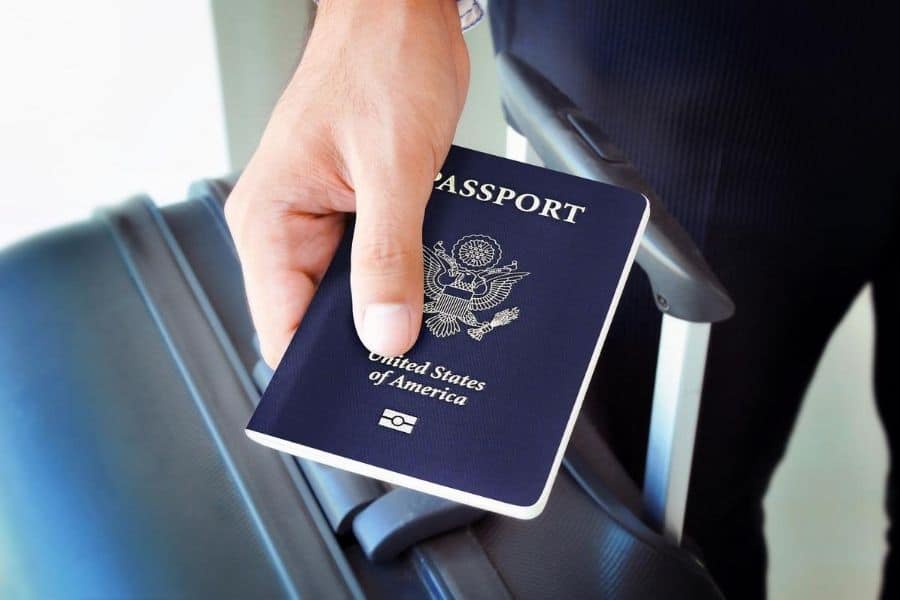
3. Medical Considerations
Before you travel, assessing your medical situation is a good idea. Are you feeling well, and are there any things you should discuss with your doctor? If you have been putting something off instead of seeing your doctor, now’s the time to take care of it.
That nagging pain in your foot or those headaches. They can become a major issue when traveling, so it’s better to take care of them before you go.
You may be on a plane for a while, so it’s a good idea to think about that if you have a hard time physically. I had an issue a few years ago, and my calves swelled up badly. I had major “cankles!”
It was not attractive in the least and was quite uncomfortable. I now wear compression socks during long flights and have meds just in case that’s not enough. (Thankfully, it has been).
Do you have enough medications to cover your trip and a little time after? Take stock of your prescription to ensure you have enough meds to carry you through.
Are you going somewhere you can’t (or shouldn’t) drink the water? You may want to consider bringing some meds for traveler’s diarrhea, just in case. And while you do that, bring some cold meds in case you need those too.
I have been to a pharmacy in several countries where I didn’t speak the language. It can be loads of fun explaining what you need to a pharmacist. (Charades, anyone? Achoo!)
Vaccinations
Vaccines may sometimes be recommended when you go to a certain country. For example, countries with a high rate of malaria or typhoid fever. These are sometimes developing countries though not always, and it’s important you do your homework in advance. I check the requirements for every country before I go.
In the United States, this information is available on the CDC website (Centers for Disease Control and Prevention). They recommend going to a travel clinic for the vaccines, which can provide you with the same information.
Before going to a travel clinic, I usually check the CDC site first to see what is recommended. This way, it saves the trip if nothing is recommended or I already have what is.
Vaccines can be costly. However, getting sick can be even more costly. Travel insurance is a great thing to keep you safe in case you get sick. But better to prevent it instead.
Some vaccines last a long time or possibly even a lifetime, like for Hepatitis A and B. Others last while you are taking the meds, like malaria prophylactic, or for a few years, like typhoid or tetanus. A travel clinic can advise you on the recommended vaccines and the protocols.

Preventatives
And it’s not just about medication as well. If you are going to a country with a high incidence of malaria or yellow fever, the travel clinic will advise you about precautions to take for prevention.
I learned about topicals like picaridin to avoid mosquito bites and permethrin, to spray on clothes. I have an intolerance to deet, commonly used to deter bugs, so it was good to learn about the various other options available.
4. Travel Insurance
I know I have mentioned before, but I never used to buy travel insurance. To be honest, it never crossed my mind until I met two women in Thailand who shared horror stories.
One ended up with dengue, a mosquito-borne illness, and was hospitalized for a week. The other fell and broke a bone, requiring surgery.
I was a bit paranoid for the rest of that trip, but I have bought travel insurance for all international trips since then. It’s worth it, even if only for the peace of mind.
And they don’t usually only cover medical, but they often cover things like trip interruption, loss of luggage, and other things.
Thankfully, I have never had to file a claim, but I’m grateful to have it and not worry about it. I don’t often get it for domestic trips as I do have medical coverage that would protect me, though it’s not a bad idea to consider it.
I have purchased it sometimes for domestic trips, though not consistently.
5. Bookings
This one may depend on whether you book things in advance. You’ll book your flight before you head out on your adventure, but it may be a good idea to book accommodation as well—at least for your first night.
I’m not the kind of person to leave that to chance, so I have always booked places for the duration of my trip before I head out. Though, I have never (yet!) been able to do long-term travel. This will change down the road as I do longer trips and even permanent travel.
It’s a good idea either to book in advance or look into available options. If you wait, you may get stuck paying a lot more for a place because you’re in a crunch.
I’ll be very curious to see what I think about this in a few years when I take “my flying leap” to travel around the world and live abroad.
6. Power Adapters and Voltage
An example of something you need to think about before you start packing is power adapters and voltage. Countries have their own standards for both. Power adapters are sometimes needed because the plug on your electronics may be a different size and shape from the standard for where you are going.
If you have heard of trying to get a square peg in a round hole, it’s the same idea. You simply won’t be able to use your electronics if you don’t have the right adapter, so it’s a good idea to check beforehand.
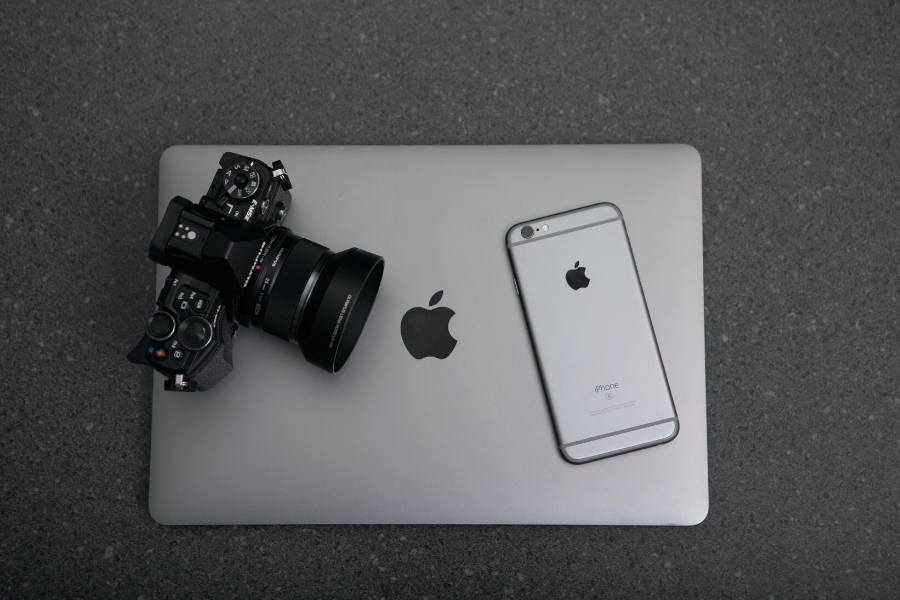
Voltage Converters
Also, some countries have different power voltages. In the United States, where I’m from, 120 volts is the standard. Some countries have 220 or even 240 volts and you don’t want to fry your hairdryer or your phone by not checking.
In some cases, you may need a power converter; in others, the item can adjust. For example, my iPhone doesn’t require a converter to 240 volts. Other phones may require it.
It’s important to check any electrical equipment you plan to bring to ensure it works properly where you are going. Some examples are a hairdryer, hair appliances like curling irons and straighteners, phones, laptops, and tablets. Anything you need to plug in should be checked to ensure you can use it where you are going.
You might be able to get an adapter and a converter (if needed) at your destination, but it’s not a good idea to count on it, especially if you’re going to a small city or really rural geography. They likely won’t have them. And you don’t know if what you buy will work.
When I went to Morocco, I “gifted” a hotel I stayed in with my adapter. I went to a shop and was thrilled to find they had one, only to learn it didn’t fit my plug correctly. This was a real challenge to recharge my electronics, and I had to borrow from others until I could find one that worked.
7. Flights
Before I started packing, I started planning my trip. I think about how long my flight(s) will be and how many flights I have. This helps you to consider what goes in your smaller carry-on bag for in-flight entertainment and comfort.
For example, if I’m flying for an hour, I don’t care much about what is in my bag that will go under the seat in front of me. If I’m on a long-haul flight, I want to be sure I have a jacket or sweater, chapstick, and lots of entertainment.
Another thing I consider is my connection times. If I need to sprint through an airport with a tight connection, I may be a little more careful about how I pack. I’ll make sure anything I need is either in my smaller carry-on or, ideally, in a pocket of one of my bags that I can easily access.
Also, I’ll make sure I have my phone charger handy and my battery backup just in case to make sure I don’t lose access to my phone during the flight and the connection.

8. Bags to Pack
I prefer to carry on only and usually bring a backpack/shoulder bag and a roller bag. Since it’s important to me, considering what I’m packing and the bags I bring are important as I plan my trip.
I like this as I have my bag on my person at all times, so losing luggage isn’t an issue (unless I’m required to check it due to space on the flight or miserably small overhead bins).
Though I prefer to have my things on me, this does mean lugging more through the airport than you would need to if you checked a bag. That means you want what you bring to be compact (and not have a bunch of dangly bits off the bags) and light.
You need to lift your bag over your head to place it in the overhead bin, so make sure it’s light enough for you to lift. Or that you feel comfortable asking for help.
9. Type of Trip
What you will pack and how will largely depend on the type of trip it is and where you are going (including the climate). When I went to Dubrovnik, many of the streets and sidewalks were covered with cobblestones.
They are beautiful, but they are a bear with roller bags. My hand was numb by the time I got to our place.
On my group tour to Morrocco, the tour company suggested using a backpack as we’d be frequently traveling. Also, some areas had uneven sidewalks, no elevators, etc. I packed my convertible roller bag that converts to a backpack as needed.
Though it’s not as comfortable as a backpack, it makes the trip for short stints and really comes in handy.
Often, on city trips, having a roller bag is a bit more convenient. And if you’re planning a camping trip, nothing beats a backpack. And this goes beyond the type of bag but also the things you’ll pack.
You probably don’t need your hairdryer on a camping trip. I certainly didn’t bring mine when we went on the Havasupai Falls hike, but my jet boil and inflatable air mattress sure came in handy.
Give some thought to the type of trip, including where you are going and what you are doing.

10. Taking Care of Life at Home
Before heading out on your adventure, you’ll want to think about your life at home and ensure you’re prepared. Do you need someone to water your plants or check on your house?
How are you making sure your children and pets are cared for properly? Do you have a pet sitter, or are you boarding your animals? Making sure your animals have the care they need while you’re gone is an important part of travel.
How about any services you have? If you have someone come to mow the lawn or clean your pool, you’ll need to either delay service or make sure they can access your place when you’re not home.
You may also want to let a trusted neighbor or nearby friend know so they can check on your place while you’re gone.
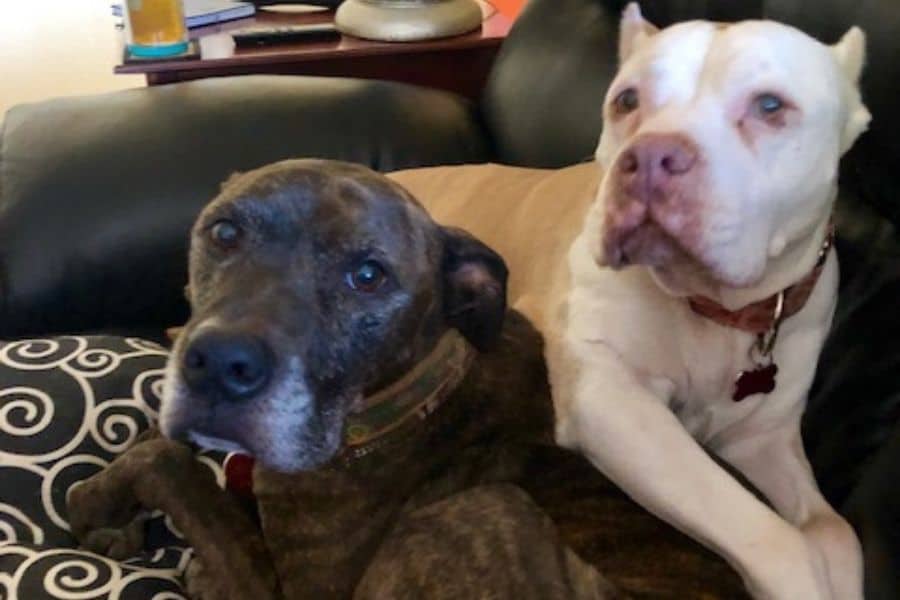
How to Pack Strategically
It’s a careful balance, making sure you have the things you need without packing too much. It’s so easy to overpack!
One thing I do is lay out everything that I am considering packing and evaluate it in terms of space as well as need. Once it’s all laid out in one area, it’s much easier to see where you may have more than you need.
I wrote a helpful post on how to pack for two weeks in a carry-on that shares my process and a suggested packing list that you’ll want to adapt for the specifics of your trip.
International Trip Planning Doesn’t Have to be Difficult
These are some of the things I think about every time I plan my trip. It’s thinking through these different areas that help me plan my trip and think about anything I might have missed.
It takes a lot of work to plan for a trip—not just booking everything but determining what you need to pack and prepare.
You Might Also Like
- Is Global Entry Worth It? Here’s How to Decide
- Tips for Air Travel: How to Make It Easier
- 11 of the Best Tips for Travel: What I Wish I Knew Earlier
- 10 of the Best Reasons for Traveling
- How to Prepare for Safe Travels Before You Go
Like it? Pin it!
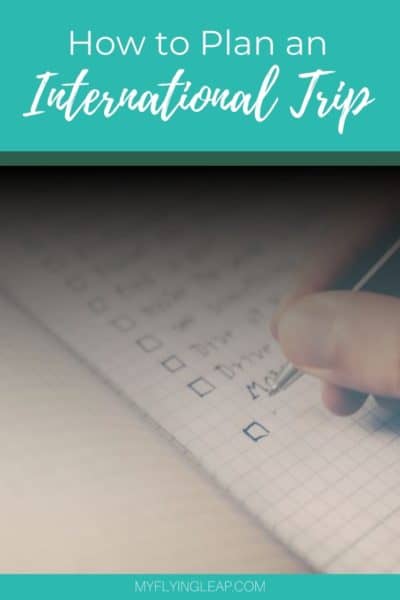
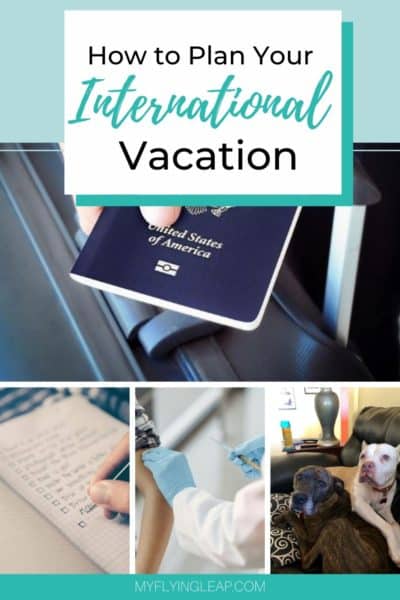
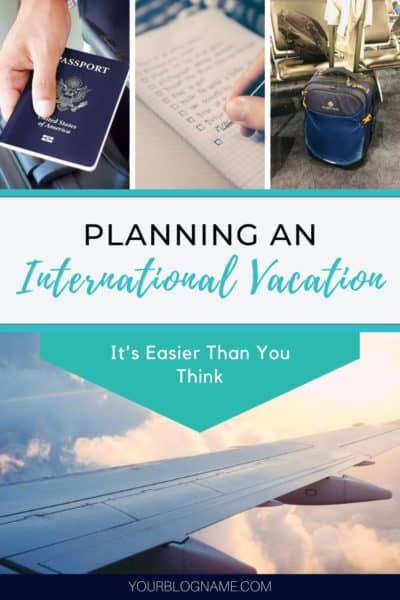
Some images were provided by Pexels.

